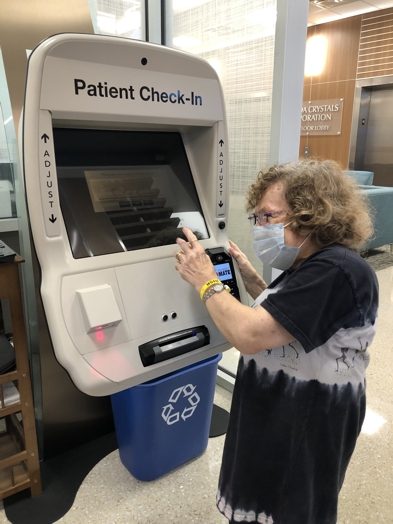
People with disabilities make up almost one quarter of the half million plus homeless in America. And more than half of homeless veterans are disabled. So on December 21, National Homeless Persons’ Remembrance Day, let’s zoom in on the homeless crisis for people with disabilities.
Homelessness is primarily concentrated in cities. As exciting as it is for tourists to visit the likes of Boston, New York City, and Washington DC, it’s troubling to see so many homeless people sleeping on the streets. The national rate for homelessness is 17 per 10,000; in these cities, the rate is well over 100 per 10,000. One fifth of America’s homeless population live in New York City.
Want to subscribe to receive blog updates sign up today!
According to the United States Department of Housing and Urban Development, a person is homeless if they:
- Lack a fixed, regular, and adequate nighttime residence;
- Stay overnight at a place not ordinarily used for sleeping, such as a car, park, or bus depot;
- Occupy temporary residences like homeless shelters or motels paid for by the government or a charity;
- Live in a place not meant for human habitation; or
- Have nowhere to go after eviction for nonpayment of rent or mortgage, or when fleeing domestic violence and/or human trafficking.
The leading causes of homelessness—unemployment, lack of trustworthy relationships, lack of affordable housing, disability and illness, and abuse—are too complex and diverse to discuss in this post. But here’s a light touch on disability and illness.
An illness can take away a job, health insurance, a home, and a car. A disability can prevent someone from even entering the workforce. A 2019 national study on homelessness, showed that of those living on the streets 46 percent had physical disabilities. Mental illness accounts for 25 percent of the homeless. And mental illnesses—such as post-traumatic stress disorder (PTSD), anxiety, depression, and substance abuse—reportedly affect half of all homeless veterans. Also, veterans who have PTSD often use substances as a way to cope with PTSD symptoms.
The magnitude of the crisis mandates that we take action. Sitting around and doing nothing is unacceptable. Our duty to help those in need dates back to ancient times. In the words of Asaph, we must:
“Give justice to the poor and the orphan; uphold the rights of the oppressed and the destitute.” Psalm 82:3, New Living Translation
To help you get started, here are some ideas for helping homeless people with disabilities. Acknowledge their existence. Stop walking by without making eye contact. Say hello. Smile.
Be polite if asked for money. If not comfortable giving money, direct people to a nearby food pantry, meal site, or homeless service center. Support that organization with donations of food, toiletries, clothes and blankets, tents, or whatever else is on their needs list. Volunteer.
And on a larger scale, advocate for the homeless with local businesses and elected representatives to increase resources to address the causes of homelessness and meet the need of those needing a job, training, transportation, health care, and affordable housing.
You may also like to read:
- Homeless population. USA Facts. 2005-2020. https://usafacts.org/data/topics/people-society/poverty/public-housing/homeless-population/
- Laura Close. “Veterans’ Mental Health Issues.” Updated: March 23, 2020. https://veteranaddiction.org/mental-health/
- Smiljanic Stasha. “The State Of Homelessness In The US – 2022.” Last modified: September 29, 2022. https://policyadvice.net/insurance/insights/homelessness-statistics/
- Angela Muir Van Etten. A voice for people with dwarfism and disability guided by faith and justice. https://angelamuirvanetten.com/blog/









